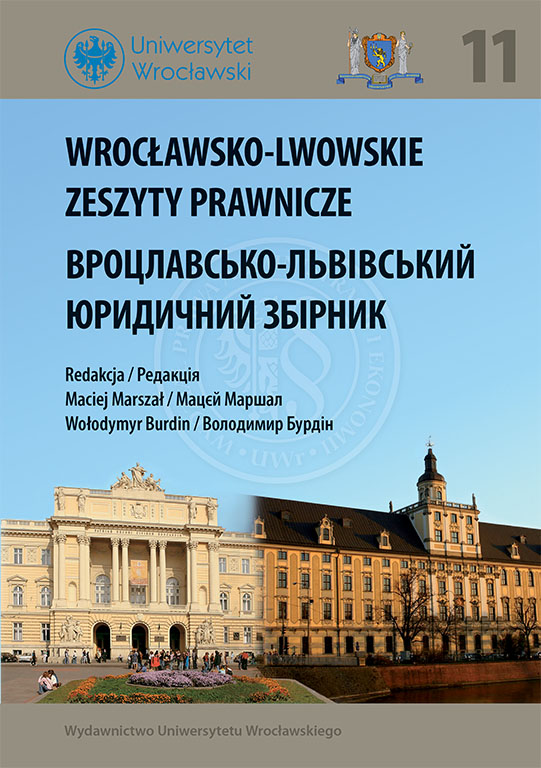

Articles

Legal regulation of purchases by states and public law unions, which are financed mainly from public funds, began in Poland after World War I. It happened with the regaining of independence and the adoption of a liberal, though also highly statist, economic model. The launch of government procurement procedures was the best way to meet the enormous needs of the war-torn society. The army also had enormous needs in connection with the ongoing military operations with the participation of the Polish Army. The tender has become the best form of selecting contractors for the orders placed. The general regulation of the issue of purchases and performance of works related to the execution of orders by the state and other public-legal entities has been made in the regulations of the Act of February 15, 1933, on supplies and works for the State Treasury, local government and institutions of public law. The changes made in Poland after World War II initiated the liquidation of the private sector in the economy, along with the expansion of the state sector. In this situation, the state did not place orders in the economy, the state managed the economy. Serious social and economic changes took place at the turn of the 1980s and 1990s. Private entities replaced state entities, directive planning was replaced by market mechanisms, and economic activity was made free. Public procurement was reactivated by the Act of 1994, replaced by the Act of 2004, and amended many times. The need for further changes and the need to implement new EU directives resulted in the adoption of a new law. In 2019, the Public Procurement Law was adopted, a very extensive act with over 600 articles, which will enter into force in 2021.